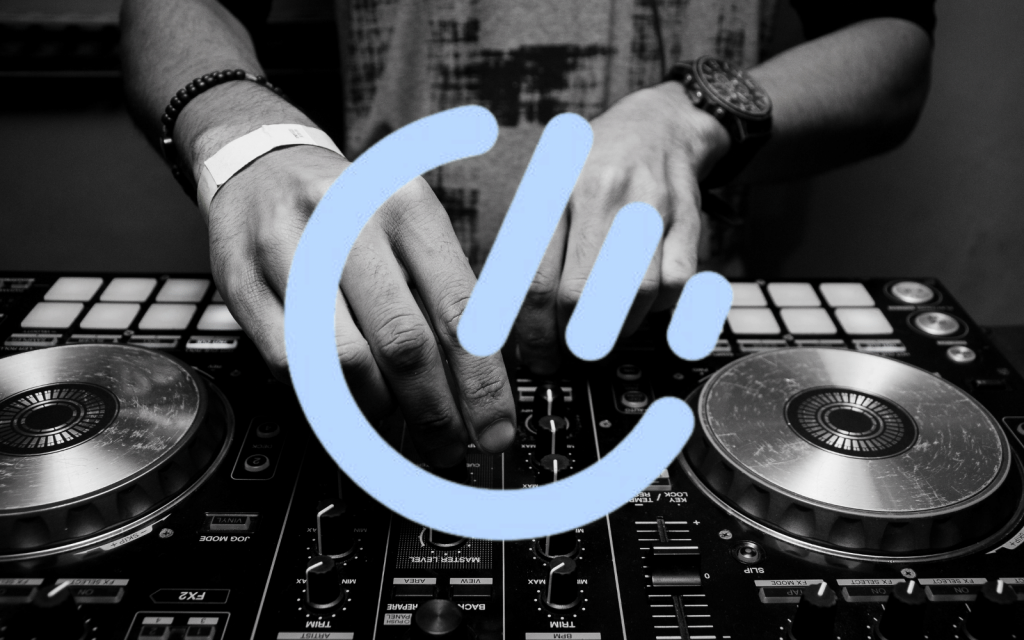A new music platform has been launched in South Africa. The Music Audit Usage System (MAUS) turned up in March with the aim of securing South African musicians every cent owed to them. How? By tracking what sort of airplay they get across various platforms and venues.
MAUS’ creator, DJ, chartered statistician, mathematician, and producer Mark Stent, launched the platform as a way to combat the concerns of underpaid artists in the country. Stent wasn’t alone. MAUS was created by Stent, Jarrod Assenhein (of Radiomonitor SA), plus Andrew Mitchley and Larry Gresham (from David Gresham Records). The group developed this method for musicians to determine exactly what is owed to them.
What is MAUS?
According to Stent, artists should be paid by the Southern African Music Rights Organisation (SAMRO) for any music broadcast on TV or radio or played at a live music venue. Songs performed but not written by the artist are due a royalty too via the South African Music Performance Rights Association (SAMPRA).
When transferring music from digital format to music video, artists are due a mechanical royalty from the Composers, Authors and Publishers Association (CAPASSO). Artists are also due royalties from their videos being shown on TV via RISA Audio Visual (RAV).
In order to use the platform, music artists must first become members of SAMRO, SAMPRA, and the rest. Once that’s done, MAUS allows its subscribers to keep track of what they’re owed in royalties.
“MAUS will allow artists to take back control of their spins,” said Stent. “It will enable people in the music business to have an overview of what is happening with their work, at any time, while tracking its movement and ultimately assisting in making decisions to get the money that is due to them, paid.”
The platform uses Radiomonitor, a service which monitors music played on TV and radio in more than 120 countries. South Africa, obviously, is on the list. Radiomonitor converts the airplay it tracks into royalty data.
Signing up
Stent explains that the service costs R60 per month or R600 for a year. There is also a Forever-Free account, but it’s extremely limited. Artists are offered free monitoring of a single track. In order to add other tracks, they must shell out for a subscription.
Any artists, labels, and artist managers can sign up in four easy steps via the MAUS website.
The first step is simple – create a profile. Secondly, once registered, artists upload their top-earning track (in the case of a Forever-Free subscription). The third step is performed by the platform itself and offers access to uploading tools and accurate tracking of your royalties. Finally, users see the confirmation of royalties paid. If there are any discrepancies, MAUS and its partners get to work getting what is owed.
Easy.
Stent adds, “Music is a huge passion for everyone involved in making it, but the administrative effort, income challenges, and debates around money all too often see this passion shifted to the back burner.”
“As a pioneering platform in SA music, MAUS aims to tackle this issue head-on by making it easy to track your work and get paid for it through a simple to use, fair and transparent platform.”
The service is currently available via MAUS’s site. Stent said an app is coming but gave no official launch dates.




